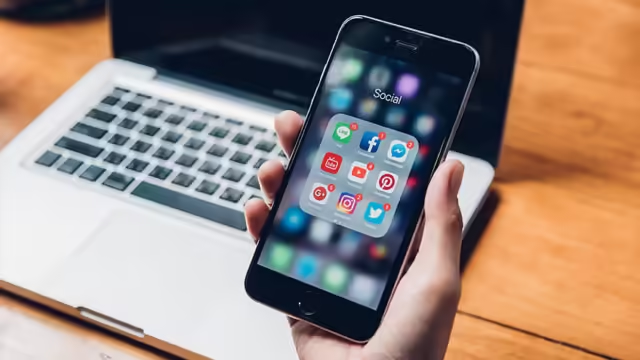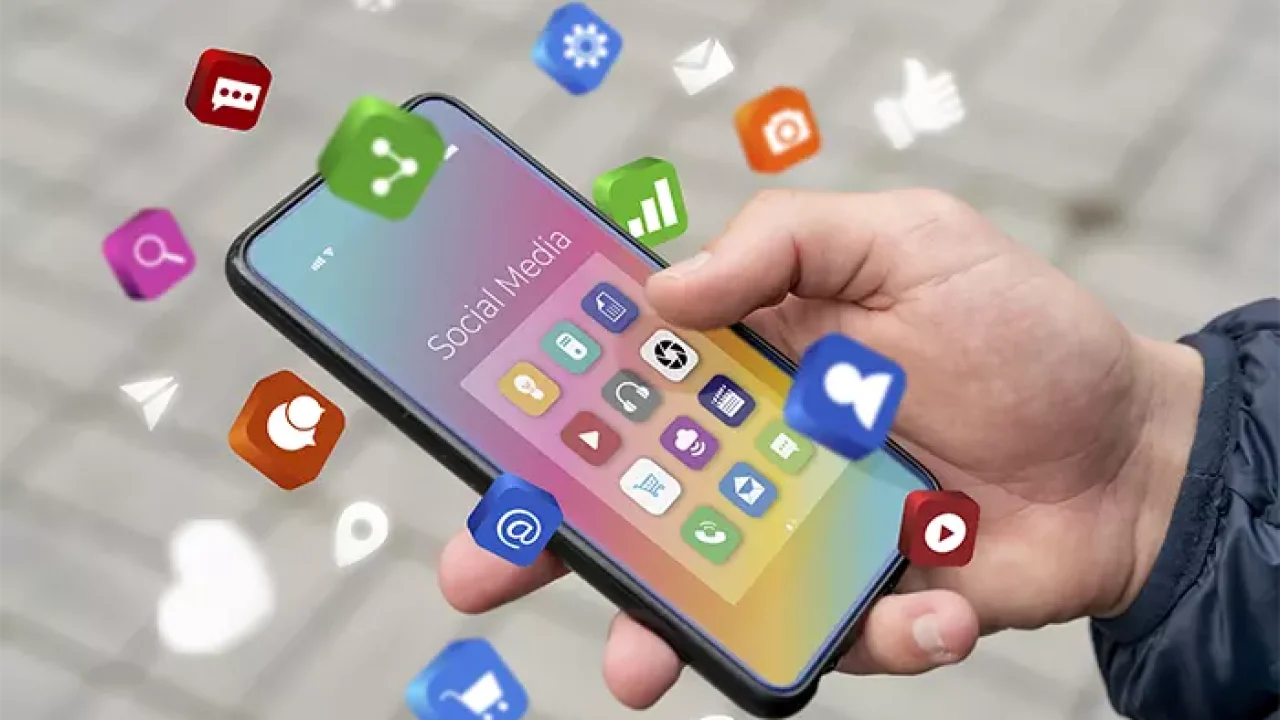In today’s digital landscape, social media has become a powerful tool for marketing, and its potential for promoting mobile apps is immense. With billions of active users across various platforms, social media marketing can help you reach your target audience, build brand awareness, and drive app downloads. In this blog, we’ll explore effective strategies for leveraging social media marketing to promote your mobile app successfully.

Table of Contents
Toggle1. Define Your Target Audience
Before diving into social media marketing, it’s crucial to understand your target audience. Identifying who your ideal users are will help you tailor your marketing efforts effectively. Consider the following:
- Demographics: Age, gender, location, and interests.
- User Behavior: What social media platforms do they frequent? What type of content do they engage with?
- Pain Points: What problems does your app solve for them?
Once you have a clear understanding of your target audience, you can create content that resonates with them.
2. Choose the Right Platforms
Not all social media platforms are created equal, and the effectiveness of your marketing efforts can vary significantly across different channels. Here are some popular platforms to consider:
- Facebook: Ideal for reaching a broad audience and sharing engaging content like videos and infographics.
- Instagram: Perfect for visual storytelling. Use eye-catching images and videos to showcase your app’s features.
- Twitter: Great for real-time updates and engaging in conversations with your audience. Use relevant hashtags to increase visibility.
- LinkedIn: Suitable for B2B apps, allowing you to connect with professionals and industry leaders.
- TikTok: A rapidly growing platform that favors creative video content. Use short, engaging clips to capture attention.
Choose platforms that align with your target audience and app type.
3. Create Engaging Content
Content is at the heart of social media marketing. Create a mix of engaging and informative content that highlights your app’s features, benefits, and use cases. Here are some content ideas:
- Promotional Videos: Create short, engaging videos that demonstrate how your app works and its key features. Use storytelling to connect emotionally with your audience.
- User Testimonials: Share positive reviews and testimonials from users who have benefited from your app. This social proof can boost credibility and encourage downloads.
- Infographics: Use infographics to visually present statistics, tips, or guides related to your app. Infographics are easily shareable and can help increase your reach.
- Behind-the-Scenes Content: Share insights into the development process, team culture, and updates to foster a connection with your audience.
4. Leverage Influencer Marketing
Collaborating with influencers can amplify your reach and help you tap into their established audience. Here’s how to effectively leverage influencer marketing:
- Identify Relevant Influencers: Look for influencers in your niche who align with your brand values and have an engaged following. Use tools like BuzzSumo or Followerwonk to find suitable candidates.
- Create Authentic Partnerships: Work with influencers to create genuine content that showcases your app in a relatable way. Consider offering them exclusive access or incentives to encourage authentic promotion.
- Utilize Multiple Influencers: Collaborate with a mix of micro and macro-influencers to reach different audience segments.
5. Run Targeted Ads
Paid advertising on social media can help you reach a broader audience and drive app downloads. Here’s how to optimize your ad campaigns:
- Set Clear Goals: Define your campaign objectives, such as increasing app installs, driving traffic to your website, or building brand awareness.
- Use Targeting Options: Utilize the targeting options available on each platform to reach specific demographics, interests, and behaviors that align with your target audience.
- A/B Testing: Experiment with different ad formats, headlines, and visuals to see what resonates best with your audience. Use the insights gained to refine your campaigns.
6. Engage with Your Audience
Social media is a two-way street. Engaging with your audience fosters a sense of community and builds loyalty. Here’s how to effectively engage with your users:
- Respond to Comments and Messages: Monitor your social media channels and respond promptly to comments, questions, and messages from users. Show appreciation for positive feedback and address any concerns.
- Encourage User-Generated Content (UGC): Motivate users to share their experiences with your app by creating a unique hashtag or running a contest. Feature UGC on your social media channels to build trust and community.
- Host Q&A Sessions or Live Streams: Use live sessions to interact with your audience in real time. Address their questions, share insights about your app, and create a personal connection.
7. Analyze and Adjust Your Strategy
Continuous improvement is key to effective social media marketing. Regularly analyze your performance metrics to understand what works and what doesn’t.
- Track Key Metrics: Monitor metrics such as engagement rates, reach, impressions, and conversion rates. Tools like Google Analytics and social media analytics platforms can provide valuable insights.
- Adjust Your Strategy: Use the data gathered to refine your content, ad campaigns, and engagement tactics. Experiment with different approaches and adapt based on your audience’s response.
Conclusion
Promoting your mobile app through social media marketing can yield significant results when executed effectively. By defining your target audience, choosing the right platforms, creating engaging content, leveraging influencer marketing, running targeted ads, engaging with your audience, and continuously analyzing your performance, you can boost your app’s visibility, drive downloads, and foster a loyal user base. Embrace the power of social media, and watch your mobile app thrive in a competitive market!


No responses yet